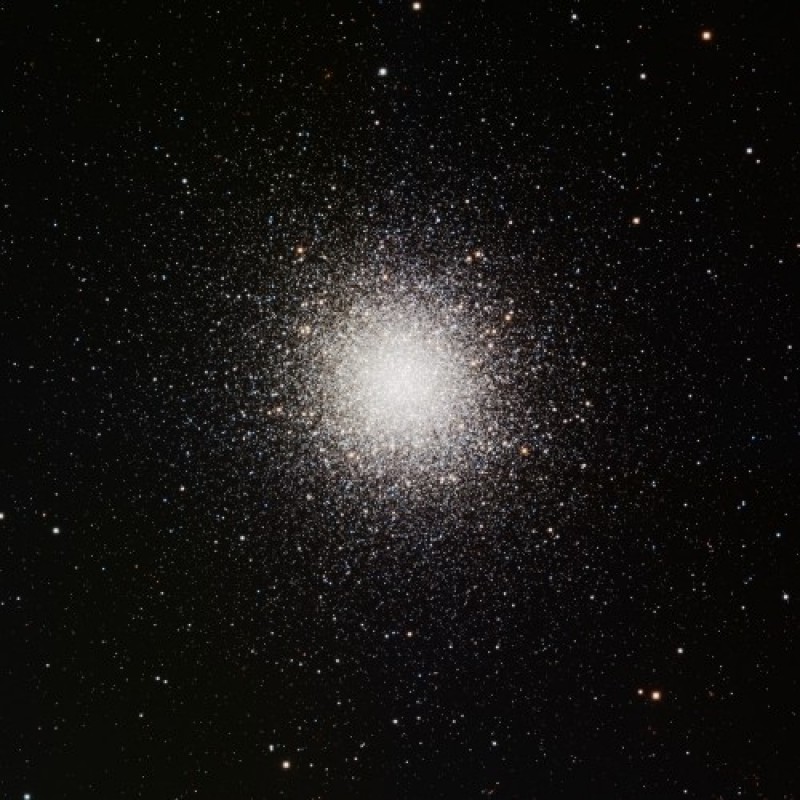
Welcome to the night sky report for June 2018 -- Your guide to the constellations, deep sky objects, planets, and celestial events that are observable during the month. The warm nights of June are perfect for sky watching. Don’t miss the constellations Bootes (the Herdsman), Corona Borealis (the Northern Crown), and Draco (the Dragon) -- or the planets Venus, Jupiter, Mars, and Saturn, all of which grace the night sky this month. The night sky is truly a celestial showcase. Get outside and explore its wonders from your own backyard.
Brilliant Venus dominates the western sky at dusk, joined by the crescent moon during the middle of the month. With a backyard telescope, Venus looks like a miniature moon. It is clear that we see only part of the sunlit side of the planet.
Jupiter dominates the southern sky, shining in the dim constellation of Libra, the scales. A backyard telescope readily reveals its cloud bands and orbiting moons.
Saturn rises later in the evening, and on June 27th it comes into opposition. On this night, Saturn lies opposite the Sun in the sky -- at its brightest, rising with the full moon at sunset, and visible throughout the night. During opposition, Saturn is closer to Earth than at any other time of year. Appearing at its largest for the year, its rings and perhaps a faint cloud band or two may be visible with a modest telescope.
High overhead lies Bootes, the Herdsman. Find it by looking for its prominent kite shape, which was noted by many ancient cultures. Arcturus is the fourth-brightest star in the night sky. The star Epsilon Bootis is also known as Izar. In binoculars, Izar resolves into one of the finest double stars in the sky. The color contrast between the stars is striking.
Just to the left of Bootes lies the Northern Crown, Corona Borealis. This lovely circlet of stars represents the wedding crown of Ariadne, the daughter of King Minos of Crete. While the stars are not very bright, their pattern is easy to pick out.
The mythical strongman Hercules is also found high in the summer night sky, wielding his mighty weapons. The constellation is rather dim. Look for its lopsided square of four stars, called the Keystone.
The Keystone in Hercules is the “key” to finding one of the brightest globular star clusters in the summer night sky. The wonderful Hercules Cluster, also known as M13, contains about a million stars. Outside the Keystone lies another magnificent globular cluster of stars, M92. Globular clusters are collections of closely packed, gravitationally bound stars.
Draco, the Dragon, winds his way through the northern sky. The Dragon’s head is a skewed square of stars. Look for the dimmest of the corner stars. In binoculars, it resolves into two stars, which look like a bright pair of headlights.
Mars, shining like a bright, red coal in the constellation Capricornus, rises around midnight. As Mars approaches opposition next month and the distance between it and Earth shrinks, its image grows larger. It may be possible to see large-scale details on the surface.